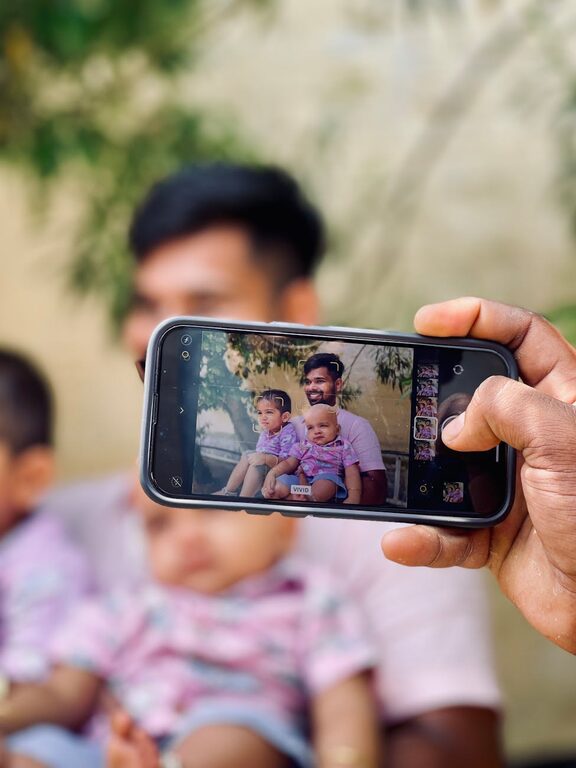Taking great photos with your phone is easier than ever, thanks to advances in smartphone cameras. Whether you use an iPhone, Android, or any other device, you can capture beautiful images without expensive gear or complex settings. If you’re new to phone photography or just want to improve your shots, this guide will provide practical tips to help you take better photos every time.
Understand Your Phone Camera Basics
Before diving into advanced tricks, it’s important to know what your phone camera offers.
– Explore camera modes: Most phones have several modes — Photo, Portrait, Panorama, Night, and sometimes Pro or Manual mode. Experiment with these to see how they affect your shots.
– Know your lens options: Some phones have multiple lenses (wide, ultra-wide, telephoto). Try each one to find the best perspective for your subject.
– Focus and exposure: Tap the screen to set focus on your subject. You can often adjust exposure (brightness) by sliding your finger up or down.
– Use gridlines: Enable the gridlines in settings to help with composition, following the “rule of thirds” to create balanced images.
Pay Attention to Lighting
Lighting is one of the most important factors in photography.
– Natural light is your friend: Shoot outdoors or near windows for soft, natural lighting. Morning and late afternoon offer the best light, known as the “golden hour.”
– Avoid harsh midday sun: Direct sunlight can create strong shadows and blown-out highlights. If shooting in bright sun, find shade or use your hand as a diffuser.
– Use the flashlight wisely: Avoid using your phone’s built-in flash whenever possible. It can produce harsh, unnatural light. Instead, try a small portable LED light or reflectors made from white paper.
Composition Techniques to Try
Composition refers to how you arrange elements in your photo.
– Rule of thirds: Imagine your frame divided into a 3×3 grid. Place your subject along these lines or at their intersections for balanced photos.
– Leading lines: Use roads, fences, or architectural lines to guide the viewer’s eye toward the subject.
– Frame your subject: Use natural frames like doorways, windows, or archways to add depth and focus.
– Simplify your background: A cluttered background distracts from the main subject. Look for simple backdrops or adjust your angle to minimize distractions.
Steady Your Shot
Shaky hands can ruin an otherwise great photo.
– Hold your phone with both hands: This provides better stability.
– Use a tripod or stand: There are affordable mini tripods designed for smartphones, great for low light or timed shots.
– Lean against a stable surface: If no tripod is handy, support yourself on a wall or table.
– Use a timer or remote shutter: This reduces camera shake when pressing the capture button.
Experiment with Focus and Depth
Focus can dramatically change your image.
– Tap to focus: Most phone cameras let you select the focus point by tapping on the screen.
– Use portrait mode: This blurs the background and makes your subject pop.
– Explore manual focus options: Some apps and phones allow you to set focus manually for creative effects.
Edit Wisely After Shooting
Editing can enhance your photos, but less is often more.
– Use built-in editing tools: Adjust brightness, contrast, and cropping directly in your gallery app.
– Apps for editing: Popular apps like Snapseed, VSCO, and Lightroom Mobile offer powerful but easy-to-use editing features.
– Avoid over-editing: Don’t increase saturation or clarity too much; keep your photos natural-looking.
– Crop to improve composition: Tightening your crop can remove distractions and focus attention on your subject.
Practice and Develop Your Eye
Photography is both a technical and creative skill.
– Shoot regularly: The more photos you take, the more you’ll learn about what works.
– Review your photos: Look for patterns in your best shots and see what you like.
– Seek inspiration: Follow photographers on social media or join photography groups to get ideas and feedback.
– Try new angles: Don’t just shoot from eye level — get low, climb higher, or change your perspective.
Bonus Tips
– Clean your lens: A smudged lens can cause blurry photos, so wipe your camera lens regularly with a soft cloth.
– Use burst mode for action: Capture multiple frames quickly to get the perfect moment.
– Take advantage of HDR: High Dynamic Range mode blends multiple exposures to improve contrast and detail in tricky light.
– Back up your photos: Use cloud storage or your computer to save your images safely.
Final Thoughts
Taking better phone photos is all about paying attention to simple details like lighting, composition, and focus. With a little practice and curiosity, you can create images that reflect your creativity and tell your stories beautifully. Remember, the best camera is the one you have with you — your phone — so start shooting and have fun!
Happy snapping!

